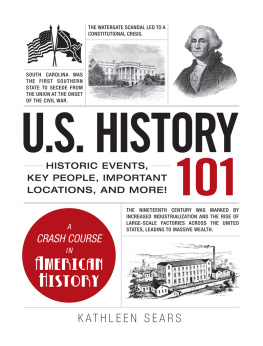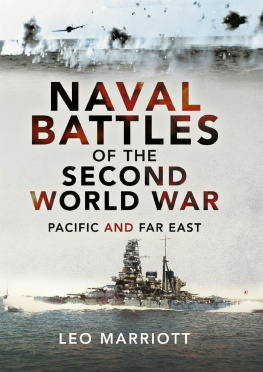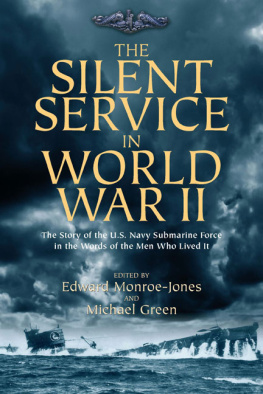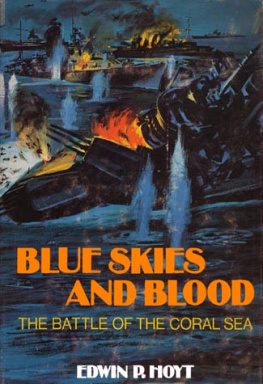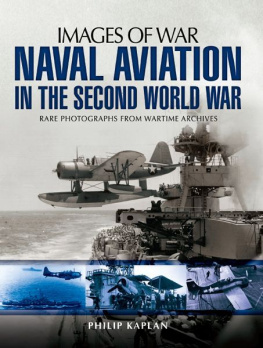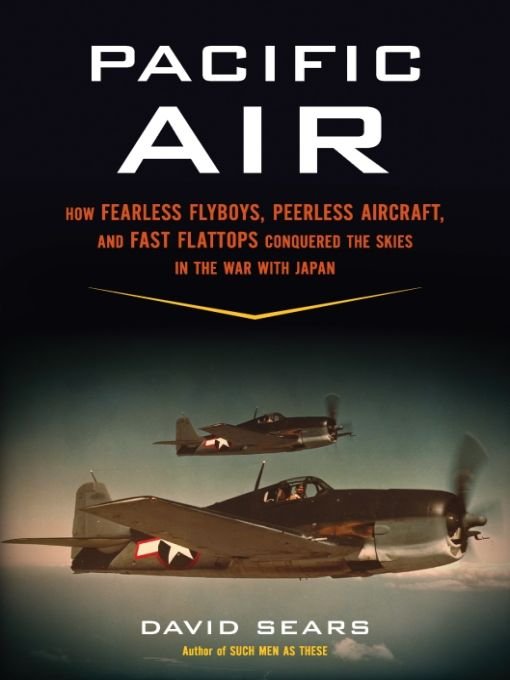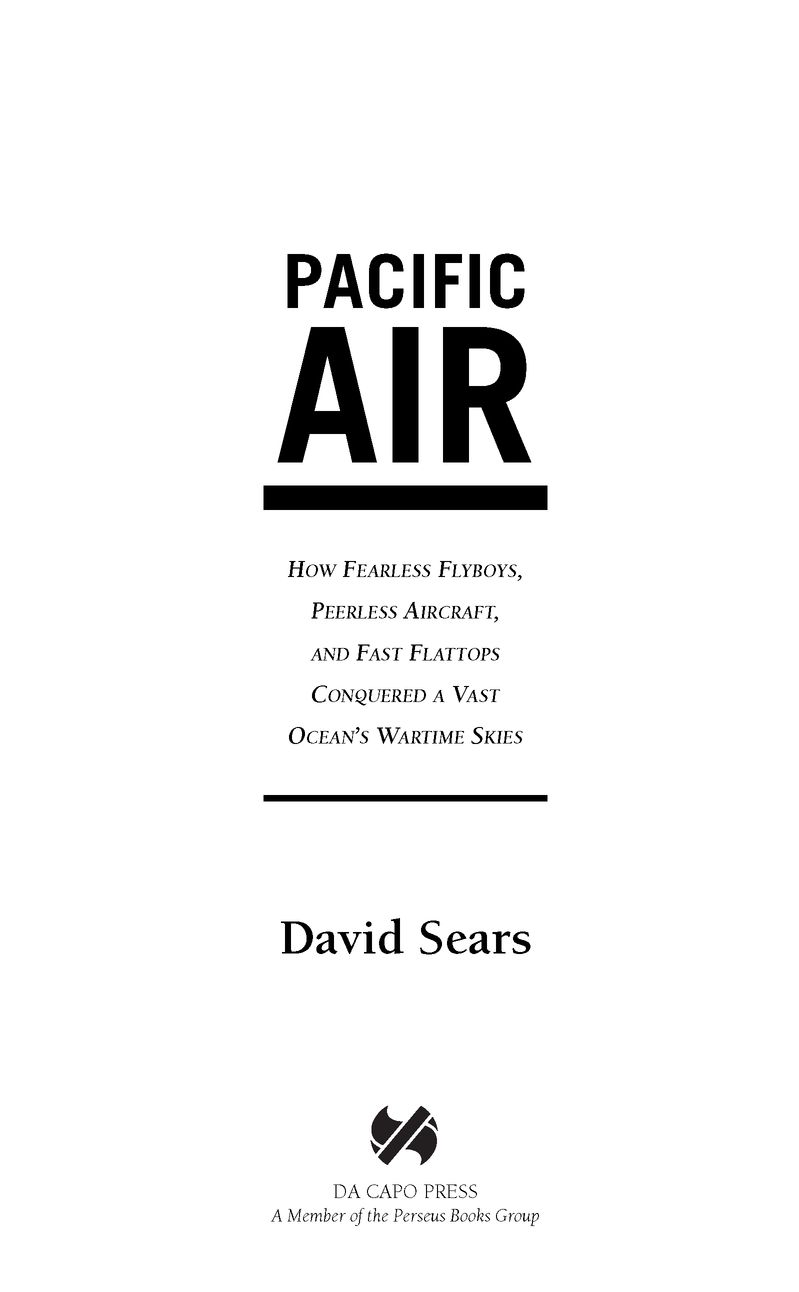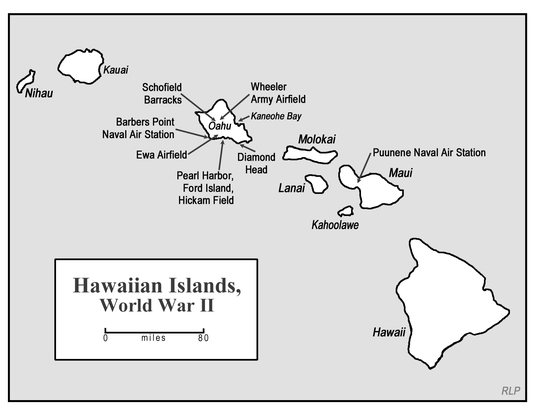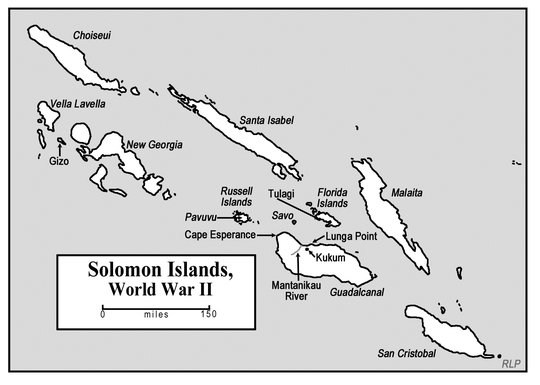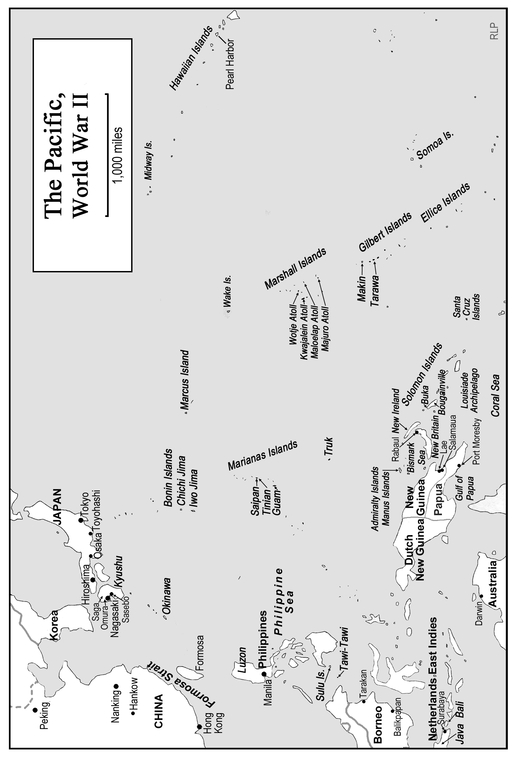Table of Contents
Also by David Sears
Such Men As These:
The Story of the Navy Pilots Who Flew the Deadly Skies over Korea
The Last Epic Naval Battle:
Voices from Leyte Gulf
At War with the Wind:
The Epic Struggle with Japans World War II Suicide Bombers
To Alex Vraciu, a magnificent fighter pilot
an even better man
An aircraft carrier is a noble thing. It lacks almost everything that seems to denote nobility, yet deep nobility is there. A carrier has no poise. It has no grace. It is top-heavy and lopsided. It has the lines of a cow. It doesnt cut through the water like a cruiser, knifing romantically along It just plows Yet a carrier is a ferocious thing, and out of its heritage of action has grown its nobility. I believe that every Navy in the world has as its No. 1 priority the destruction of enemy carriers. Thats a precarious honor, but its a proud one.
Ernie Pyle, 1945
PART ONE
STATE OF WAR
THE EMBATTLED FARMERS
DECEMBER 7, 1941, BETHPAGE, LONG ISLAND
The jewel in the crown of this festive Sunday at Grumman Aircraft Engineering was the weather: unseasonably warm (for a late autumn tipping into winter and the Christmas holidays) with brilliant sunshine. While the shops, assembly areas, hangars and offices of the companys immense new facilitydouble the floor space of its four-year-old sister plantwere closed for the day, they pulsed with crowds, excited chatter and the occasional blare of PA announcements, as spouses (mostly wives but more than a few husbands) and children mingled with plant workers. Though not all were here, there were nearly seven thousand Grumman employees nowup from two thousand at the beginning of the yearand most had been hired in anticipation of today.
There had been just 362 people on the Grumman payroll when Plant Number 1 opened its doors in April 1937, a population small enough to enable an en masse relocation from a rented facility fronting the Hempstead Turnpike in nearby Farmingdale to a company-built plantalso twice the size of its predecessor.
However, the current migration approached biblical proportions: reason enough to mark the moves successful conclusion. While Plant Number 2s personnel, whether old-timers or fledglings, had arrived with their work cut out for thema backlog of six million dollars in military airplane orders at the start of the decade had ballooned by a factor of tenthe mood for this Sunday was relaxed and celebratory. After company official Leon A. Jake Swirbuls welcoming speech (a rousing, shirt-sleeved, stem-winder from everybodys favorite co-founder), there would be band music, refreshments and the much-anticipated unveiling (for in-house eyes only) of the firms latest aerial marvel. The party was buzzing with pride and self-congratulation.

Comparatively speaking, the employment surge for Plant 2s opening had gone smoothly as well as quickly. Despite the countrys muscular climb from a nearly decade-long economic depression, there remained enough labor market slack when it came to hiring experienced shop and administrative personnel.
To be sure, things were more difficult when it came to landing good aeronautical engineers. The Long Island aviation industry, which had boomed after Charles Lindberghs epic 1927 solo cross-Atlantic flight (his launch point had been Roosevelt Field, a dozen or so miles to the west), had as abruptly wilted in the Great Crash and the ensuing hard times. Now at last reviving, the industryincluding Long Island neighbors such as Republic, Chance Vought and Pratt and Whitneyhad reabsorbed nearly all the specialized talent that had weathered those bad years. Grumman had little choice but to adapt to this labor shortage; its solution was to hire good engineers of nearly any cast (chemical, electrical, mechanical or civil) and then give them crash courses in statics, aerodynamics and aircraft power plants.
Despite this success, Grumman brass understood that such concessions to talent scarcity would not be nearly enough should war hit. Grummans production pipeline was one more unmistakable sign that America would almost certainly be drawn onto Europes and Asias battlegrounds and when that happened Grumman aircraft designs would no longer be competing just for a profitable share of military contracts. Instead, those aircraft would be vital instruments of securing the countrys survival. Then, too, with American men going to war, all bets would be off when it came to home front labor supply.
Already the previous summer, these worrisome contingencies fully in mind, Swirbul, the firms production head, had taken a bomber-ferry to England. Britains Royal Air Force (RAF) had by then demonstrated its gritty resilience by checking the predations of Germanys Luftwaffe and souring Adolf Hitlers plans for a cross-Channel invasion. Of particular interest (given Grummans naval aviation niche and its latest government contract), the Naval Air Branch, the RAFs sister service using bi-planes launched from the aircraft carrier HMS Ark Royal, staged a crippling mid-Atlantic aerial torpedo strike against Germanys doomed ber-battleship Bismarck.
During his overseas foray, Swirbul got to see the RAF in action, but he also toured Englands war plants, returning impressed with its efforts to disperse wartime production when and wherever possible. The Brits logic had been twofold: avoid a concentration of bombing targets under the German aerial blitz; and make maximum use of all available labor and production capacity.
While neither Grumman nor its defense industry neighbors were particularly concerned about threats of aerial bombing, production dispersal had other merits. If done imaginatively and coordinated well, it could provide ready-made factory space for smaller, self-contained production units. Just as important, as a builder of gas-gulping war aircraft, Grumman knew only too well that a domestic fuel crisis loomed. Dispersal would allow the company to tap into pockets of neighborhood workers who otherwise might be out of reach when fuel-rationed transportation kicked in. Even as the grand opening of its newest and largest facility approached, company officials were scouring Long Island county buildings, lots and potato fields in search of potential work sites. In the years ahead, having staked out scores of parcels of Long Island agricultural land, Grumman executives took to calling themselves the Embattled Farmers.






